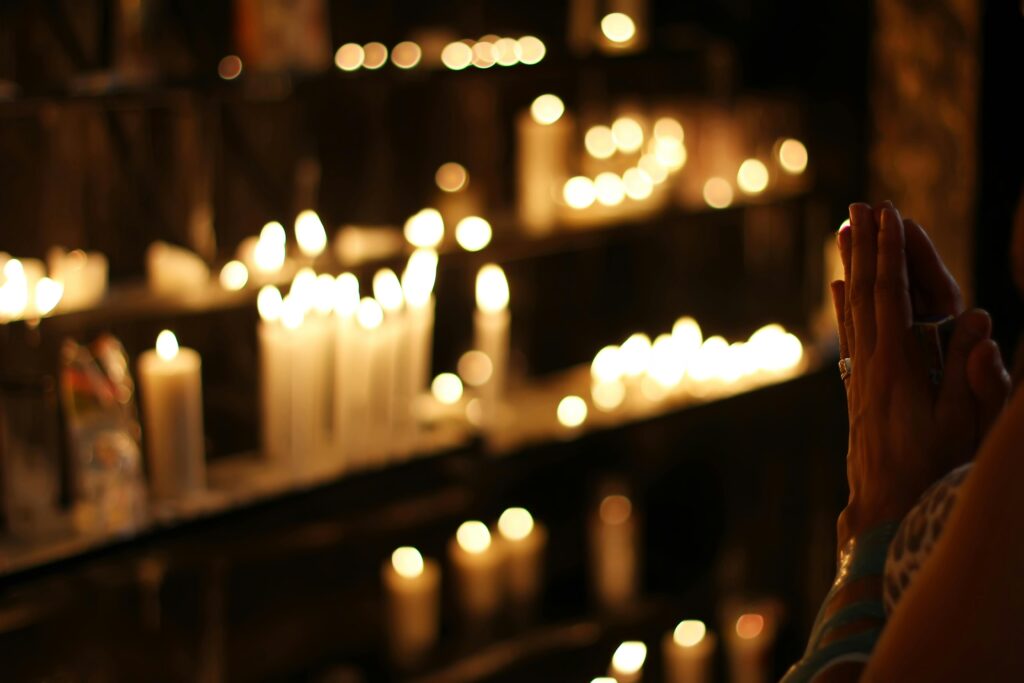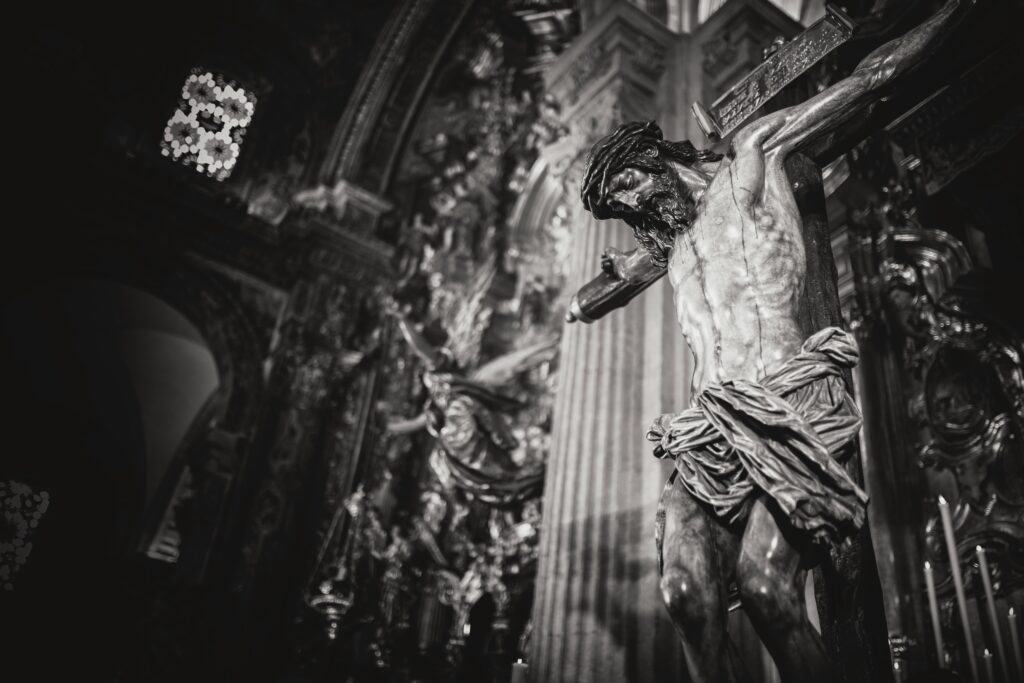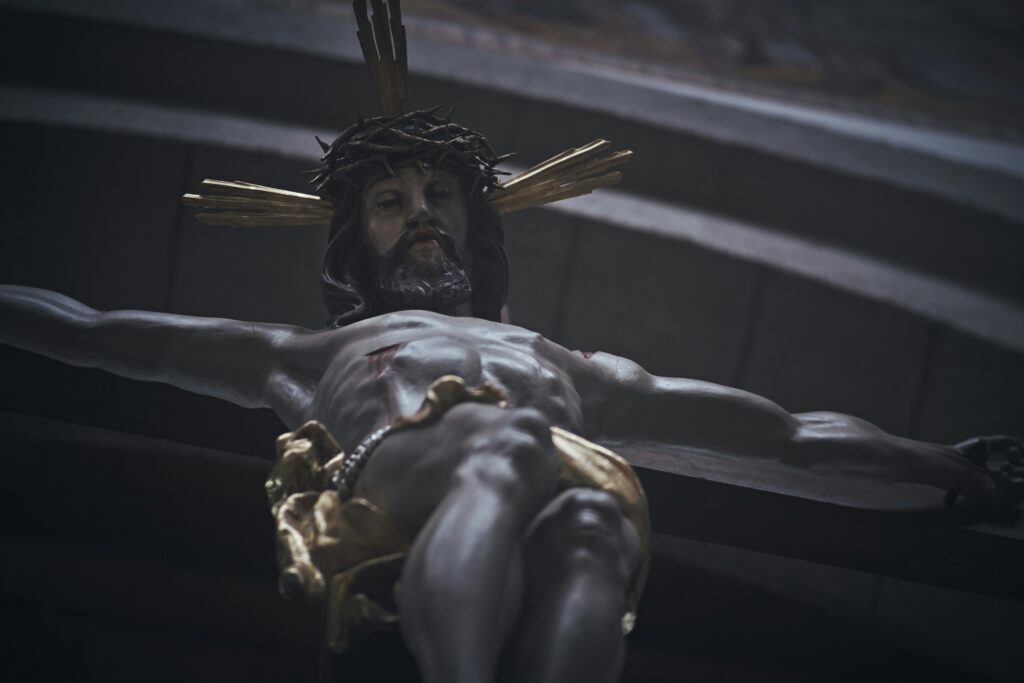Mature atheism
Live and let live. Recognise the objective value of what Catholic culture has provided to the traditions of the country

Can an atheist celebrate a saint? Can a Protestant venerate a saint? On the face of it, the answer is no. However, in reality, it depends. On what does it depend? On the place where it is celebrated. If old anti-Catholic prejudices and the clichés that go with them have been overcome in that place, it is possible for a Catholic, a Protestant and an atheist to go hand in hand to remember the figure of a saint, because of the mark he or she has left on the culture and civilisation of that place. Such is the case in Germany, where atheists, Protestants and Catholics celebrate Saint Martin of Tours (11 November) or Saint Nicholas of Bari (6 December).
A friend of mine who lives in Germany recently brought this to my attention. She was commenting on how the children make a candlelight procession at dusk for a whole week to celebrate St Martin of Tours. They are followed, mingling with each other, by Catholics, Protestants and atheists. All join in the celebration, considering it part of Germany’s cultural heritage. Let us say that the Germanic identity includes the celebration of Saint Martin, so that his feast day goes beyond the strict boundaries of Catholicism to become a saint of all Germans (which is curious, since his tomb is in France and his origin is Hungarian). Something similar happens with Saint Nicholas of Bari who, as we know, is the historical predecessor of the figure of Father Christmas (from the German Sankt Niklaus) and Santa Claus. Originally, gifts were given to children on 6 December, his feast day. The date was changed to Christmas due to the Protestant Reformation, which gave greater importance to Christkind, the birth of Jesus, with the Christ Child bringing the presents. Curiously, the chimney as the place where Father Christmas enters to hand out the presence has its origin in a tradition, according to which Saint Nicholas dropped a bag of gold coins on the chimney of a poor house, because the father of that family had decided to dedicate his three daughters to prostitution, because he had no money to give them a dowry.
Now, what we see in Germany presupposes the existence of a mature atheism and Protestantism which, without renouncing their own identity and their own ideas, recognise the presence of Catholic elements in the configuration of the culture in which they live. They have the maturity to recognise a historical and cultural fact: how Catholic elements have contributed to shaping German identity. Let us say that their cult is not religious, but national. They are, respectively, mature atheists and Protestants, who have overcome the stage of belligerence against Catholicism, and have the capacity to recognise the good things that Catholicism has given to their homeland throughout history.
Such maturity made me think that in Latin America we are a long way from achieving it. Here, very often, evangelical groups conceive of their identity as antagonistic to Catholicism. In other words, what often unites them is a common enemy: the Catholic Church. Therefore, they construct their own identity in confrontation with Catholicism, in such a way that they are incapable of recognising anything good in it, as they would then cease to have a reason to exist. They are therefore immature Protestantisms, which need confrontation with Catholicism to define their identity. In this sense, it is difficult for a practising Evangelical to recognise the value of the Virgin of Guadalupe in shaping Mexican identity, or the Lord of Miracles in Peruvian culture.
In Latin America, too, we often find belligerent atheist groups. More than atheists, they are actually anti-theists, as they define their identity in confrontation with Catholic values, while copying the modus operandi of religions, for example, their proselytising and aggressively polemical mood. Perhaps the most obvious manifestation of this are some of the activities they organise, for example “la parrillada hereje”, a barbecue that takes place on Good Friday. They seek to coincide their social event with the liturgical commemoration of Good Friday, as a kind of baptism of fire, in which it becomes evident how they have definitively broken with their Catholic beliefs, although, ironically, they still depend on them.
What would a mature atheism in Latin America look like? In my opinion, it should fulfil two conditions: first, it should be peaceful, operating under the motto: “live and let live”. Not to understand that “the enemy” is the believer, but to let everyone go their own way: if atheist, atheist; if believer, believing. The second characteristic – and the most difficult – is to recognise the objective value of what Catholic culture has given to the country’s traditions, contributing decisively to forging its identity. From this point of view, it would not be strange for an atheist to take part in the procession of the Señor de los Milagros, or to celebrate the Virgin of Guadalupe on 12 December.
Related

“Praying is an immense privilege”
José Miguel Ponce
17 April, 2025
3 min

Cardinal Felipe Arizmendi: Jesus Continues to Suffer
Felipe Arizmendi
17 April, 2025
4 min

The classics educate in humanity
Francisco Bobadilla
16 April, 2025
3 min

Words That Illuminate Our Crosses
Mario J. Paredes
16 April, 2025
6 min
 (EN)
(EN)
 (ES)
(ES)
 (IT)
(IT)

